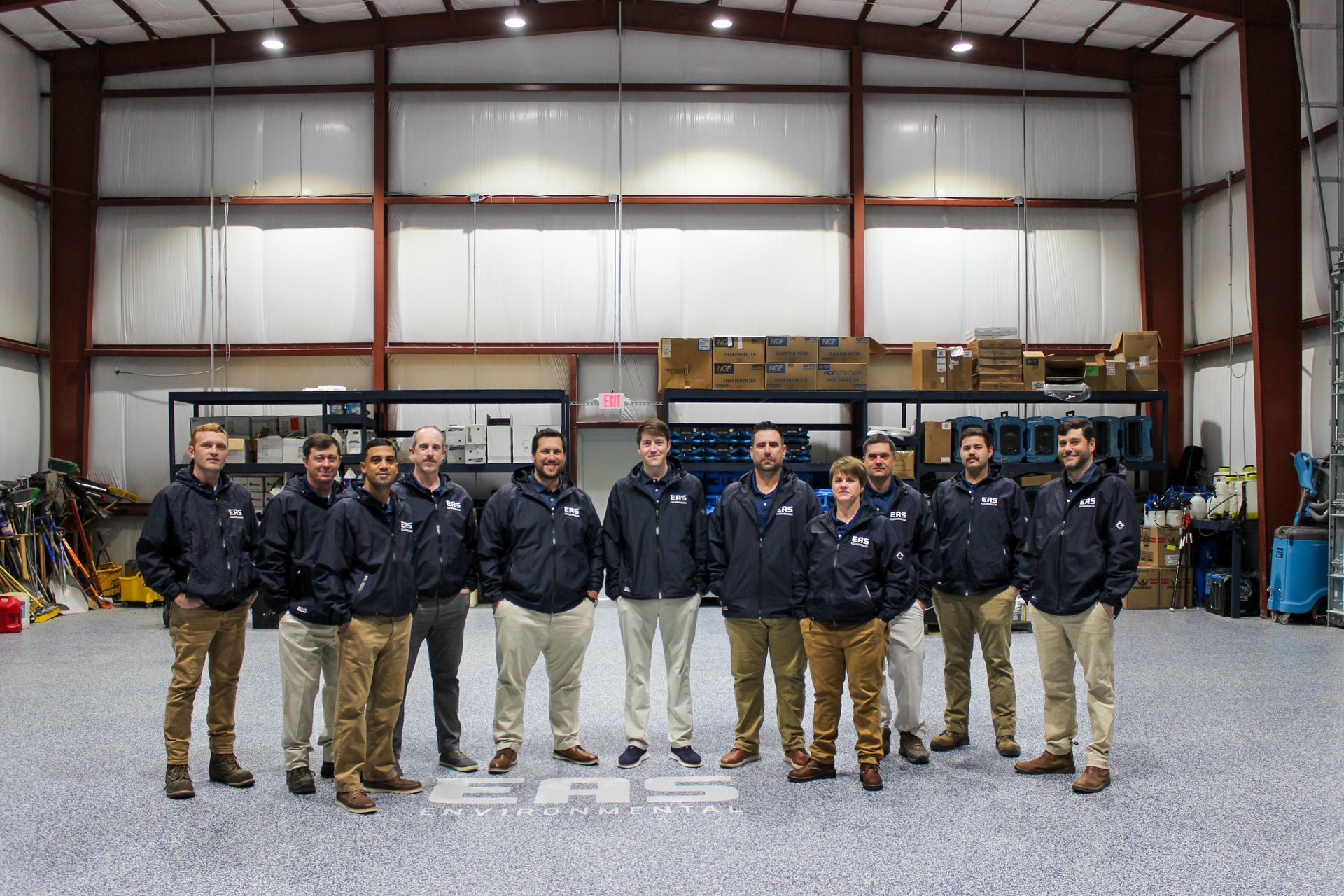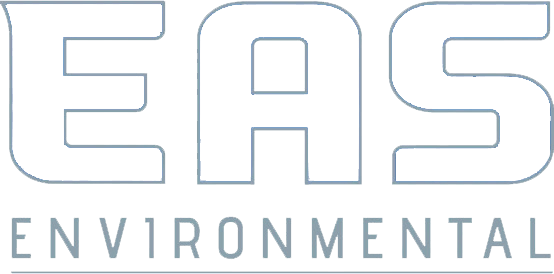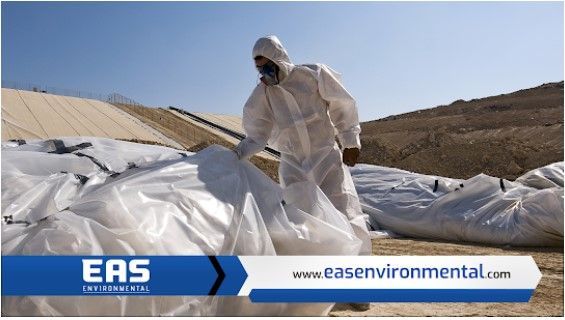
Asbestos abatement is a potentially dangerous activity that must be planned for in advance to ensure that all safety procedures are followed and hazards are kept to a minimum. In this article, we will go over the steps that must be taken to get ready for an asbestos abatement job, such as identifying and testing materials, creating a plan before removal, and following the safety protocols during the removal process. To keep yourself and your property safe when carrying out an asbestos abatement project, it is important to have a thorough awareness of the many procedures involved in preparation.
Understanding Asbestos Abatement & its Goals
Abatement of asbestos is the controlled removal or destruction of ACMs that pose a threat to human health. As asbestos is damaged, its fibers are released into the air, where they can be inhaled and cause serious illnesses including asbestosis and mesothelioma. When working on an asbestos abatement job, it is important to remove all ACMs in a way that does not release fibers into the air. Finding the ACMs, preparing for the job, and isolating the area for removal are all part of the process. In addition, all necessary safety measures must be taken, and everyone working on the abatement must wear protective gear at all times.
For an asbestos removal project to be successful, careful preparation and execution are essential. Asbestos materials must be disposed of properly if they are to do as little harm to the environment as possible once they have been removed. Final air quality testing after an abatement project assures that no dangerous quantities of fibers remain in the air. After these checks are finished, the area must be thoroughly cleaned of any asbestos dust or debris before it can be considered safe again.
- Identifying & Testing Materials for Asbestos Content
Testing and identifying items for asbestos presence is the first step in every asbestos abatement process. A reliable analysis of the sample material can only be achieved by a systematic sampling strategy. Air quality testing during and after the abatement, as well as microscopic examination of material samples, can reveal the presence of asbestos. Asbestos-containing materials (ACMs) need to be removed carefully by experts in the field.
Final air quality testing is necessary to ensure no harmful quantities of fibers remain after removal. OSHA and the EPA have strict requirements that these tests must meet. Results from these checks should be recorded to demonstrate compliance with all safety regulations governing the abatement work.
- Planning Ahead for the Abatement Project
Asbestos removal projects that don't plan ahead of time rarely end well. The process involves investigating the site and any associated dangers to ensure a safe working environment. The project's scale and scope, as well as any special physical or environmental challenges, need to be evaluated. The removal process also necessitates the establishment of suitable containment facilities, which must be airtight to prevent fiber release.
All workers on an abatement project must be familiar with and trained in safe handling methods and have appropriate protective gear before work can begin (PPE). Workers removing asbestos should wear protective clothes and respirators to avoid coming into touch with asbestos-containing materials (ACMs) and to reduce their exposure to asbestos fibers in the air. A written record of the procedure can be useful for future reference or as proof of completion.
- Creating a Containment Area for the Removal Process
Asbestos abatement initiatives require the creation of a containment area for the removal procedure. Negative air devices that are powerful enough to remove all contaminated air from the enclosure and prevent it from escaping are required for this space to be entirely airtight. It is also important to design appropriate entry and departure points to restrict access to the area and limit the risk of worker exposure. Trained employees who know how to safely handle hazardous chemicals should keep all tools, debris, and clothing within the perimeter of the area.
To further reduce the risk of ACMs going airborne during the cleanup, the flooring of a containment area should be sealed or covered with heavy-duty plastic sheets. Walls should have barriers high enough to keep people from coming into touch with the dust during cleanup. After these measures are done, anyone approaching the area must do so while wearing protective gear compliant with OSHA and EPA standards.
- Safety Precautions During the Abatement Process
All necessary safety measures must be implemented during asbestos abatement initiatives to protect the health of all workers. First and foremost, OSHA- and EPA-compliant PPE must be made available to personnel in the impacted area. Protective gear such as respirators, clothes, gloves, and eyewear can be worn to avoid direct contact with asbestos-containing materials (ACMs) and reduce the risk of asbestos fiber inhalation
It's also crucial to not use a vacuum or broom on any ACM materials since this could release asbestos fibers into the air during cleanup. After being utilized, all equipment for clearing up spaces must be neatly packaged and well-labeled. Also, all waste that can be sealed should be disposed of immediately to avoid spreading contamination. In conclusion, extensive air monitoring tests must be performed before entering any enclosed work location at any time.
- Proper Disposal of Removed Asbestos Materials
Asbestos-containing materials (ACMs) and other construction waste must be disposed of appropriately when the removal has been finished. Before being hauled away from the construction site, every trash must be properly bagged and tagged. In addition, the EPA mandates that all packaging clearly and legibly display details about the contents and final destination.
As soon as the hazardous materials have been confined, they should be transported to a landfill where they will be disposed of by applicable state and federal laws. Finally, it is crucial to select a certified contractor to guarantee that all asbestos products are managed, stored, and transported by local, state, and federal regulations.
- Clean-Up Requirement Following an Abatement Project
Asbestos abatement projects require thorough cleanup to ensure no new contamination occurs. When you're done removing something, wipe down all of your tools and equipment with a moist cloth and put them in a trash bag. It is also recommended to use a damp cloth or mop to thoroughly clean any potential ACM-contaminated surfaces.
In addition, all HEPA vacuums and filters used in the abatement process must be properly cleaned and kept in compliance with Health Canada standards. After the dust has been removed, it's crucial to check the surrounding area for any lingering particles that may have become stuck. Last but not least, before removing trash from the site for disposal, it must be appropriately wrapped and tagged.
Final Steps
- Air Quality Testing Following an Asbestos Abatement Project
All asbestos abatement initiatives should be verified as complete with final air quality testing. After the ACMs have been removed, a professional inspector should check the indoor air quality in those areas. Asbestos-related parties can verify the quality of their work and ensure no traces of the substance remain by conducting the necessary tests to identify and quantify any lingering fragments.
Optical microscopes and microscopic airborne fiber analysis (MAFAA) technology can be used to collect air samples. Clearance certifications cannot be provided until after these tests have been run to see if additional cleaning and residue removal is required. Moreover, the contractor carrying out the abatement job must keep detailed records and documentation of all air sample analyses. If there are ever any concerns raised about the safety of those living or working in areas where asbestos was once present, this record-keeping will be vital.
- Finishing Steps After Completing an Asbestos Abatement Project
After an asbestos abatement project is finished, the area must be thoroughly cleaned and made safe. For safe disposal, asbestos-containing materials (ACMs) need to be double-bagged and marked as hazardous trash. In addition, everything that was used for the elimination process should be scrubbed or replaced.
In addition, a HEPA-filtered vacuum cleaner should be used to clean the area around the asbestos abatement site, followed by a moist mop to eliminate any particles that may have been missed. Afterward, clearance standards should be verified through final air quality testing performed by a competent inspector. The absence of asbestos-containing items in the repaired area will serve as further proof that all safety precautions have been taken.
FAQs about Asbestos Abatement
What is asbestos abatement?
Asbestos abatement refers to the steps taken to ensure that asbestos-containing materials (ACMs) are removed from a structure or other area safely and effectively. To guarantee that all necessary safety measures are performed, this procedure needs to be carried out by an experienced expert.
Is air quality testing necessary after an asbestos abatement project?
Testing the air quality is important since it can reveal any particles that were missed during the cleaning procedure. Clearance standards can be certified to have been met with the use of testing, giving relief to those concerned about the safety of the impacted region.
Are there any finishing steps after completing an asbestos abatement project?
After being taken out, ACMs must be placed in sealed bags and given proper labels before being thrown away. In addition, a HEPA-filtered vacuum cleaner or moist mopping should be used to remove material from the surrounding area, and all instruments and equipment used for removal should be thoroughly cleaned or replaced. Finally, a professional inspector needs to verify clearance standards by conducting air quality testing.
Contact EAS Environmental Today!
EAS Environmental will do everything we can to ensure your experience with us is excellent.
Request A FREE Estimate
Request a Free Estimate Form
We will get back to you as soon as possible.
Please try again later.
Checkout Recent Post
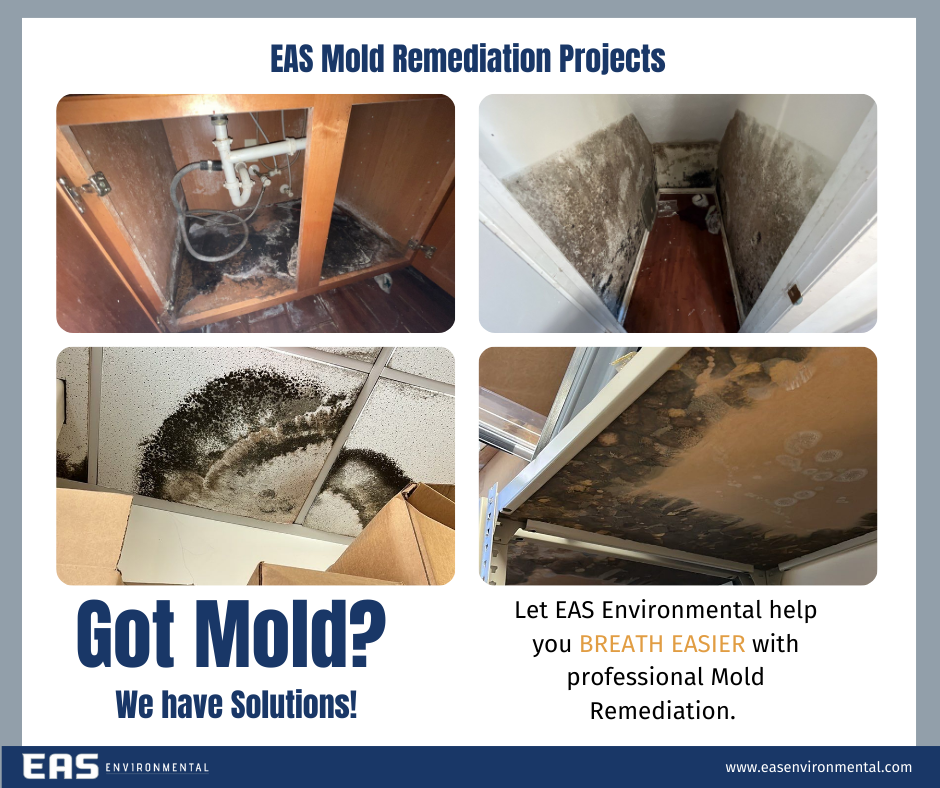
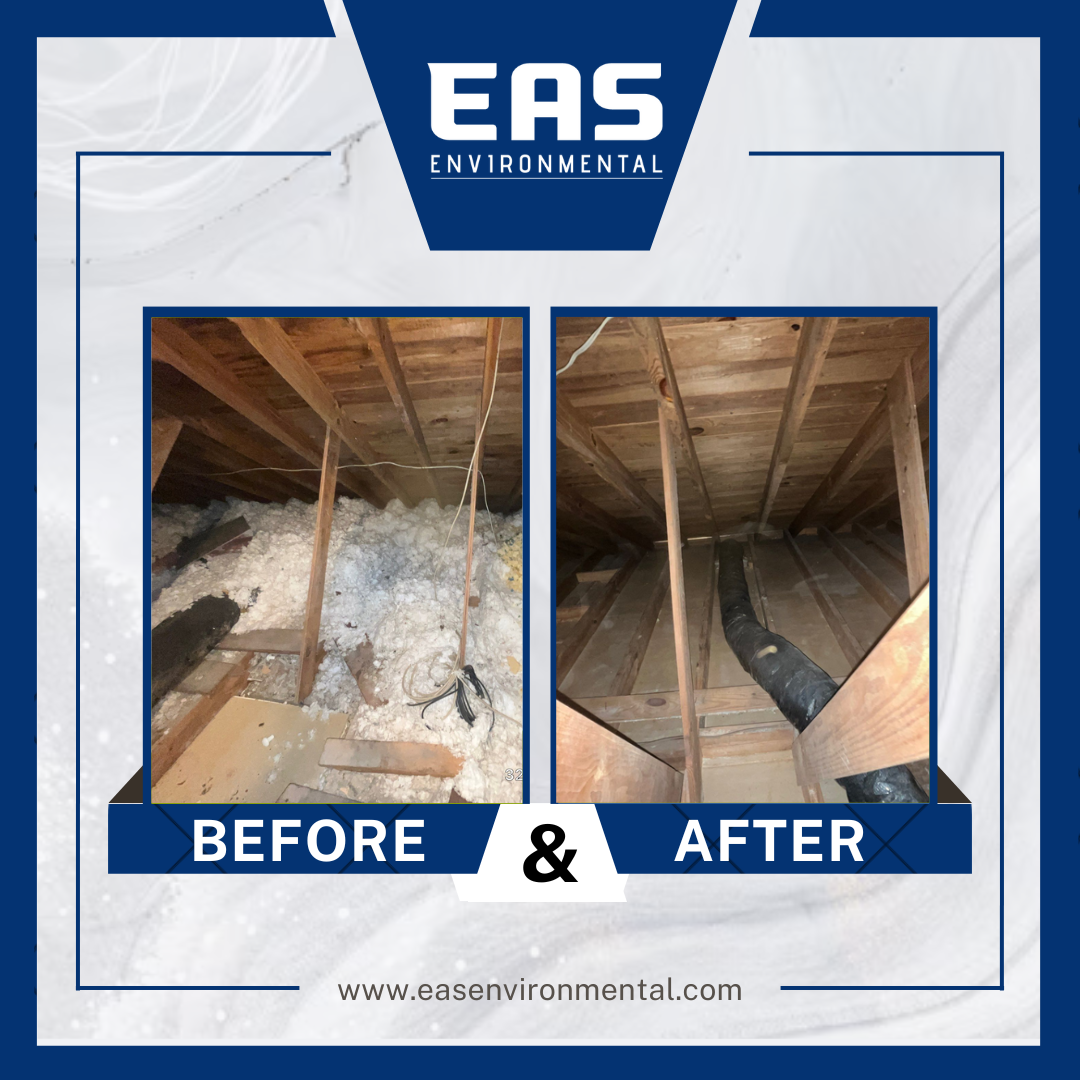

Got a Question? We’re Here to Help.
You can arrange an appointment or make an enquiry by phone or email, orget in touch to us via our contact form.
EAS Environmental is a specialty asbestos and lead abatement and demolition company that service the state of South Carolina.
CONTACT INFORMATION
Phone: 843-977-3273
Email: sturner@easenvironmental.com
Address: 125 Bud Lane Ladson, SC 29486
All Rights Reserved | EAS Environment
Privacy Policy | Terms & Conditions | Sitemap

